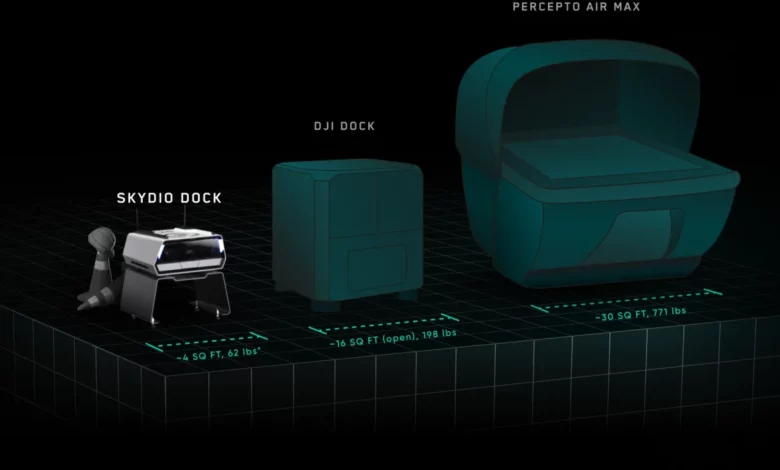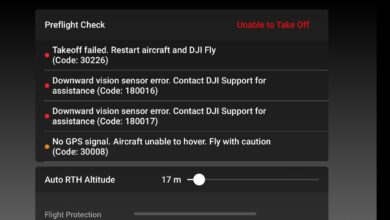What advantages does drone-in-a-box technology provide for utility-scale solar operations?

What is the current state of the art in drone-in-a-box technology, and what advantages does it provide for utility-scale solar operations?
Drone in a Box (DIAB) technology is a new generation of autonomous unmanned aerial vehicle (UAV) technology that may be deployed remotely via self-contained “boxes.” These weather-resistant containers house the technology required to connect with and recharge the UAV. DIAB systems can be remotely controlled or deployed autonomously to perform on-demand or pre-programmed tasks. After the missions, the DIAB returns to its box to be protected from the weather and to recharge and/or upload data.
DIAB is critical for utility-scale (100MW+) systems because it may securely enhance system performance while lowering operating expenditures (OPEX) in several areas. In utility solar, the major application of drones equipped with infrared (IR) cameras is to scan for thermal abnormalities annually. Owners and operators may conduct more regular checks with DIAB and conserve important electricity generation.

Among the many advantages of DIAB are the following:
- Quarterly IR inspections allow asset owners and operators to fully understand the DC health of the system throughout the year and plan mitigation while enhancing system performance for approximately the exact cost as a single yearly scan.
- Inspections of substations and overhead lines allow important components to be examined more regularly and areas of risk to be found much sooner.
- Reactive inspections, in which DIAB may be swiftly deployed to collect critical IR and RGB pictures for Control Room engineers to comprehend the outage, perhaps saving a truck roll and permitting complete remote diagnosis.
- Monitoring vegetation, civil, and fences from the control center allows operators to time their vegetation activities better, reduce module shading, improve system efficiency, and inspect fences for damage.
Thus, DIAB has the potential to provide considerable savings throughout the life of a solar asset while also offering a more thorough picture of the health of a solar farm throughout the year.
Follow Dronephi on Twitter, Facebook, Instagram, and LinkedIn, or join on Telegram channel for all the latest updates on FPV, Drone Tech, Military Drones, Drone Related News, and more!




